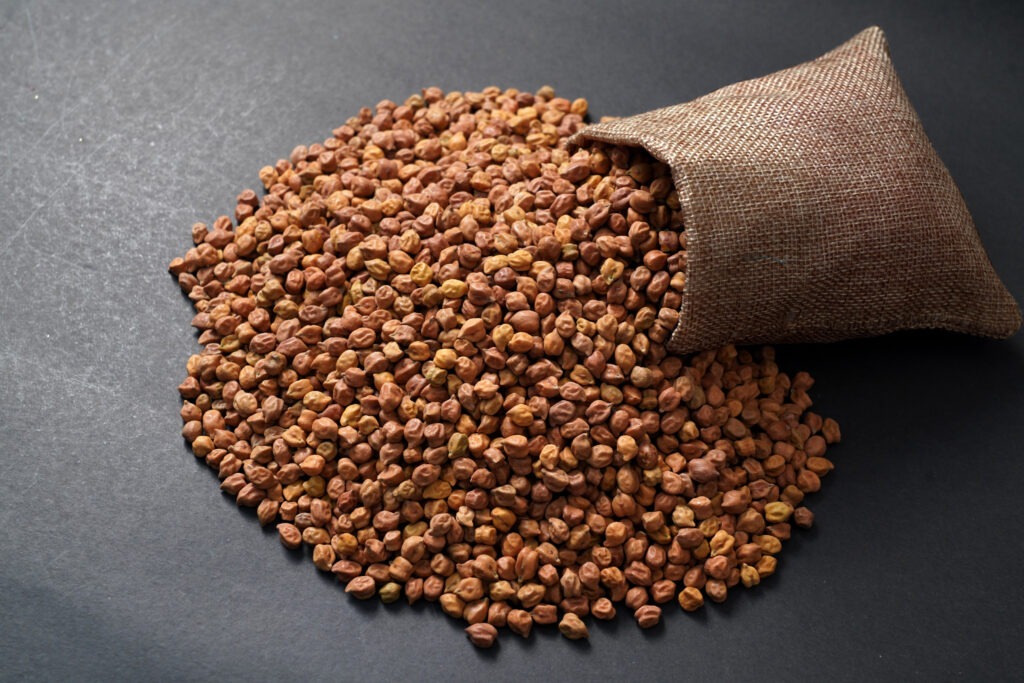Summary:
Australia's latest crop forecast reveals a potential market-shifting surge in desi chickpea production, with estimates showing a remarkable 284% increase. This development, alongside increased wheat production, could significantly impact global pulse and grain markets in 2024-25. Meanwhile, lentil production is expected to decrease, creating an interesting dynamic in the global pulse trade.
Record-Breaking Chickpea Production
In a development that could reshape the global pulse market, Australia's desi chickpea production is forecast to reach 1.9 million tonnes in 2024-25, marking an extraordinary 284% increase. This projection exceeds ABARES' September 2024 estimate by 42% and stands 141% above the 10-year average.
The surge in production can be attributed to two key factors:
- Significant expansion in planting area, reaching a record 24.6 million hectares
- Optimal growing conditions in New South Wales and Queensland, leading to record-high yields
Lentil Production: A Different Story
While chickpea production soars, lentil output presents a contrasting scenario:
- Production is expected to fall by 29% to 1.1 million tonnes
- This represents a 34% downward revision from September 2024 estimates
- Despite the decline, production remains above the 10-year average of 764,000 tonnes
- The saving grace is record sowing levels, which helped maintain above-average production
Wheat and Barley: Strong Production Outlook
The grains sector also shows robust growth:
- Wheat production is projected to increase by 23% to 31.9 million tonnes
- New South Wales and Western Australia lead the growth with 75% and 40% increases respectively
- Barley production is expected to rise by 8% to 11.7 million tonnes
- The barley increase reflects both expanded planting area and above-average yields
Conclusion
This unprecedented surge in Australian chickpea production, coupled with strong wheat and barley outputs, signals potential market adjustments ahead. For commodity traders and food processors, these developments present both opportunities and challenges. The decreased lentil production amid generally robust pulse and grain outputs suggests a need for strategic positioning in the coming season. Market participants should closely monitor these trends as they could significantly impact global trade flows and pricing dynamics in the agricultural commodity sector.These shifts in production patterns could particularly affect trade routes connecting Australia to major pulse-consuming nations, potentially creating new opportunities for market arbitrage and strategic positioning.
